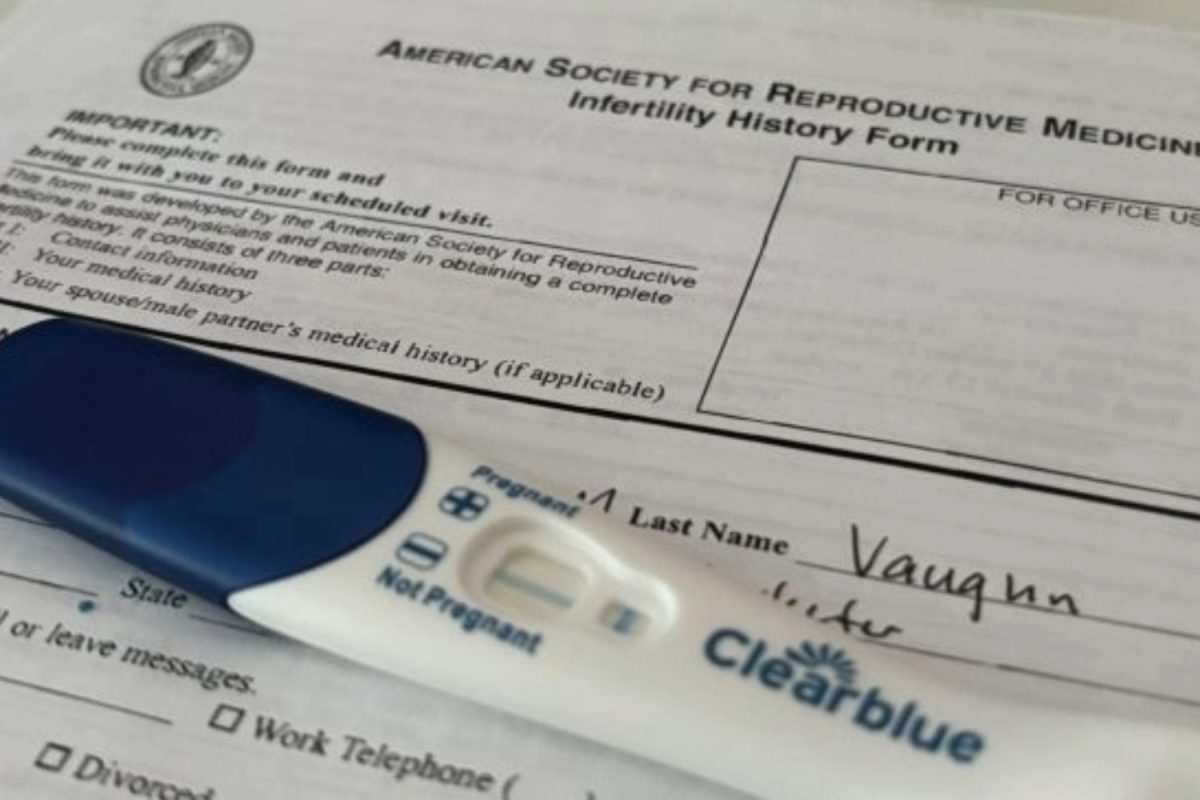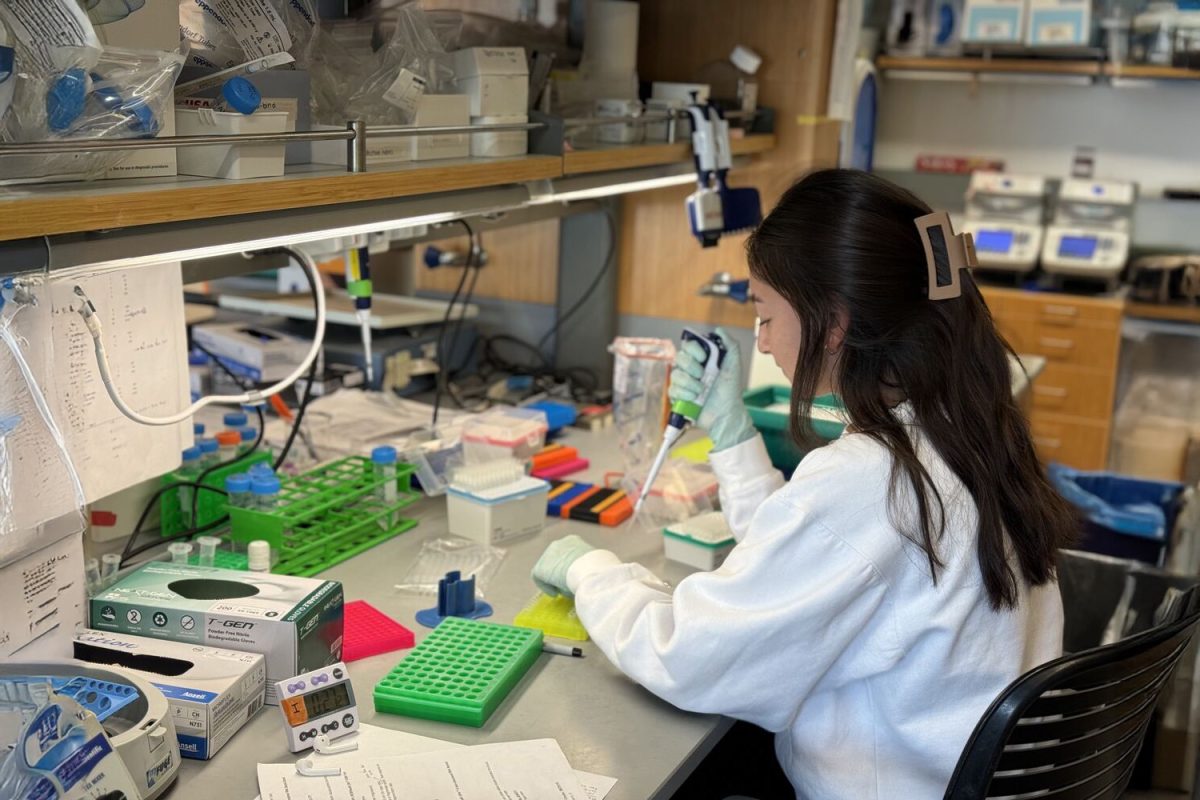Birth rates in California are drastically plunging. Infertility caused by poor diet and stress-related factors, coupled with decisions to have children later, is causing a sharp decline in birth rates.
For the past several decades, the birth rate has been dropping steadily in California and the rest of the United States. A multitude of reasons, some in one’s control and others out, are causing this number to increase. According to the Centers for Disease Control (CDC), the fertility rate in 2023 was 54 per 1,000 women., while the birth rate was 10.65 births per 1,000 people.
The age at which women settle down and have children is getting higher as the decades pass. According to Bowling Green State University, in 1960, the age group with the most children among women was between the ages of 20 and 24. By 1990, the percentage of babies born to women in that age group fell to 31%. In 2018, this number had dropped to 28%.
When individuals begin having children later in life, they also seek fertility help later in life.
“I see a lot of patients who are saying, ‘I wish I would have come to the infertility clinic earlier,’ or ‘I wish I knew this information earlier,'” said Murat Basar, Ph.D, an embryologist and research scientist at Yale University School of Medicine.
This is true for individuals like Patricia Vaughn.
“I’ve spent almost five years going from clinic to clinic to clinic, only to be disappointed time and time again,” Vaughn said. “I frequently think about and blame myself for not thinking about this earlier.”
The reason for people in general, but especially women, having children later in life is due to occupations. For instance, as more and more women have entered the workforce since the 1950s and 1960s, they have put their occupations as their primary focus, with the understanding that they will have children later.
However, as the anti-Müllerian hormone (AMH), which corresponds to a woman’s total egg count, and birth rate decline starting at about the age of 25, it becomes increasingly more difficult to have children, further contributing to the falling birth rate.
Vaughn, who is 37 years old, has struggled with infertility for just over five years since she was 32. According to Vaughn, she did not have a family history of infertility or endometriotic problem finding; after she found her place in her life to have children, she found herself unable.
“After about one year, I decided to see a doctor. I thought that maybe they could tell me what was happening,” Vaughn said.
While at the infertility clinic, Vaughn found herself being tested for AMH levels. Basar suggests AMH testing for all.
“Before women get married or pregnant, they can check their AMH level and their ovarian reserve,” Basar said.
Vaughn found her rates were astoundingly low, at about 0.27. The normal range for women at her age ranged from 1.2 to 5.0.
Other factors, such as increases in fertility-preventing sexually transmitted diseases like chlamydia, have added to the birth rates. In addition to that, epigenetic factors are a leading cause of increasing rates of infertility.
“Epigenetics, or how one’s environment alters one’s genes, is a prime factor. If you expose your good genes to a bad environment, you can change them in a bad way. Stress-related things, and also endometriosis are more like epigenetic factors,” Basar said. “The epigenetic factors are people using a lot of plastic, eating a lot of processed food, and not moving or doing fitness, so we don’t evolve in that way.”
Epigenetics is one of the primary causes, but when coupled with endometriosis or low egg count, it becomes more difficult for a woman to get pregnant. According to the National Institutes of Health (NIH), there are many variations of endometriosis, but the most common is peritoneal endometriosis. Peritoneal endometriosis is when stroma or endometrial glands form along the surface of the peritoneum.
This is true for Elizabeth Thompson, a woman who struggled with endometriosis 15 years ago. Thompson says she experienced great difficulty when trying to have a child and, like Vaughn, had to consult with a myriad of specialists.
“I only had one child due to the complications that endometriosis brought on. It is honestly quite a joy that I was able to get the help that was necessary to have a child. I met with a couple of support groups, and some of them were unfortunate to never be blessed with a child,” Thompson said.
According to the CDC, 40.3% of Americans are classified as obese. Additionally, the higher one’s education rank, the lower the chances they would be obese. This is critical, as also according to the CDC, lower-educated women account for the highest fertility and, therefore, birth rate.
With an increasing rate of obesity, especially prevalent in the primary source of births in America, the rate is continuing to plummet. According to New York University (NYU), the American diet has become increasingly filled with much more processed foods, which contributes to obesity. These foods are easier to access for lower-income and lower-education families, thus furthering the cause of obesity among them.
At the level at which it affects Californians, the number is proving to be more drastic than that involving the United States. According to the CDC, in 2005, the birth rate was nearly 2 points higher per 1,000 people in California than that of the national average. In 2023, it was 0.4 points lower than the national average.
According to the Public Policy Institute of California (PPIC), the mass emigration from California across a particular social class has stalled the birth rate.
According to the PPIC, the most losses are among adults without a college degree. Those same adults contributed the most to the birth rate of California. California now ranks the seventh lowest in terms of birth rate in the country.
“When I started this infertility subject, the rate of infertility was about 7.5%. Now it is 15%. I have been working for about 20 years, and 20 years is not a long time period for a doubling of the infertility rate,” Basar said.












